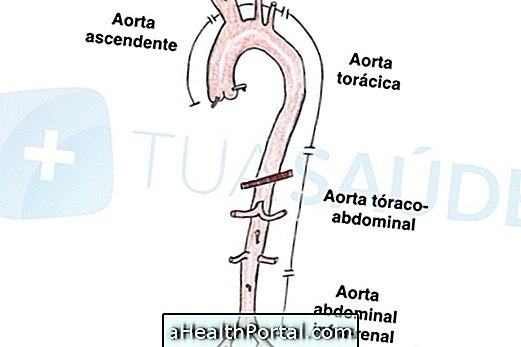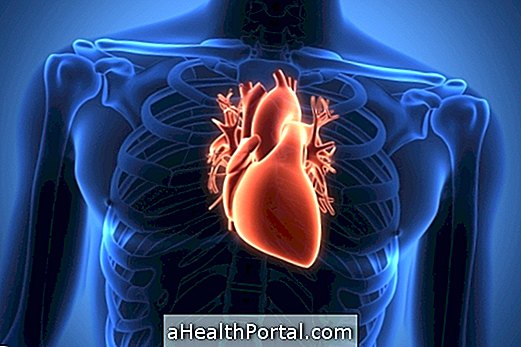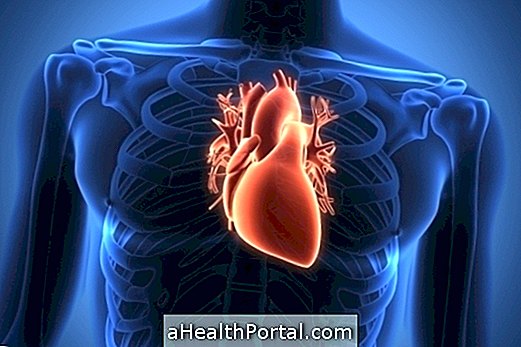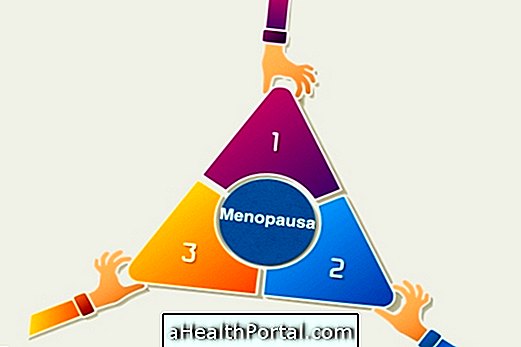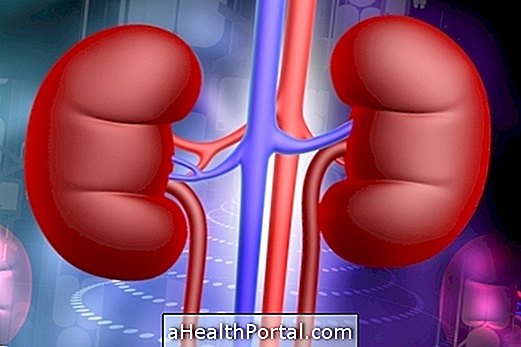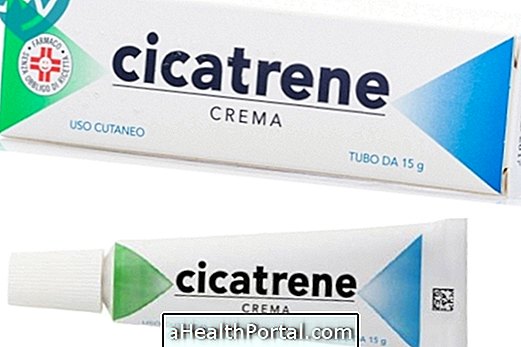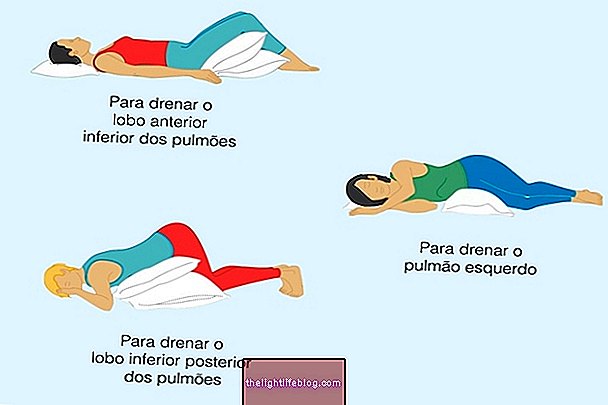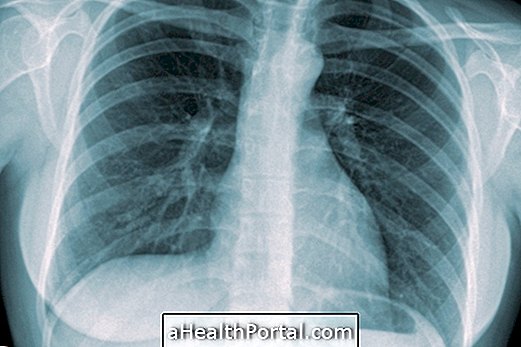Cardiac tamponade is a medical emergency, where fluid accumulates between the two membranes of the pericardium, which surrounds the heart.
The consequence will be the inefficient pumping of blood to the organs and tissues of the body, reducing blood pressure, which can cause shock and death if not treated in time.
Symptoms of cardiac tamponade
Symptoms of cardiac tamponade are as follows:
- Reduction of blood pressure;
- Increased respiratory and heart rate;
- Paradoxical pulsation: disappears or diminishes during inspiration;
- Veins of the neck distended;
- Pain in the chest;
- Fall of the level of consciousness;
- Cold and purple feet and hands;
- Lack of appetite and difficulty swallowing:
- Cough and shortness of breath.
If the symptoms described above, associated with manifestations of acute renal failure are noticed, immediately follow the hospital emergency because it may be cardiac tamponade.
Causes of cardiac tamponade
The causes of cardiac tamponade are related to the various situations that may accumulate fluid in the pericardial space. Some of them are:
- Trauma to the chest due to car accidents;
- History of cancer, especially the lungs and heart;
- Hypothyroidism: decreased production of thyroid gland hormones;
- Pericarditis: heart disease that results from bacterial or viral infections;
- History of renal failure;
- Recent heart attack;
- Systemic lupus erythematosus;
- Treatment of radiotherapy;
- Uremia: elevation of urea in the blood;
- Recent heart surgery that causes lesions in the pericardium.
The causes of tamponade should be identified and treated so that cardiac complications are avoided as soon as possible.
Diagnosis of cardiac tamponade
The diagnosis of cardiac tamponade is confirmed by the following tests:
- Rx of Thorax;
- Electrocardiogram or ECG;
- Transthoracic echocardiography;
- Magnetic resonance imaging.
It is important to note that as soon as symptoms of cardiac tamponade arise, an echocardiogram should be performed as soon as possible because it is the examination of choice to confirm the diagnosis in these cases.
Treatment for cardiac tamponade
The treatment for cardiac tamponade should be done as a matter of urgency, through the following behaviors:
- Taking analgesics, such as morphine, and diuretics, such as furosemide: aim to stabilize the picture until the fluid can be withdrawn through surgery;
- Replenishment of the body's blood volume;
- Oxygen administration: aims to reduce the burden on the heart, reducing the need for organs to have blood flow;
- Absolute rest with head slightly raised;
- Pericardiocentesis: surgery to remove excess fluid from the heart.
It is important to note that pericardiocentesis is a temporary procedure, but sufficient to relieve symptoms and save the patient's life. The definitive treatment will be surgery known as a pericardial window, which allows drainage of the pericardial fluid into the pleural cavity that surrounds the lungs.
